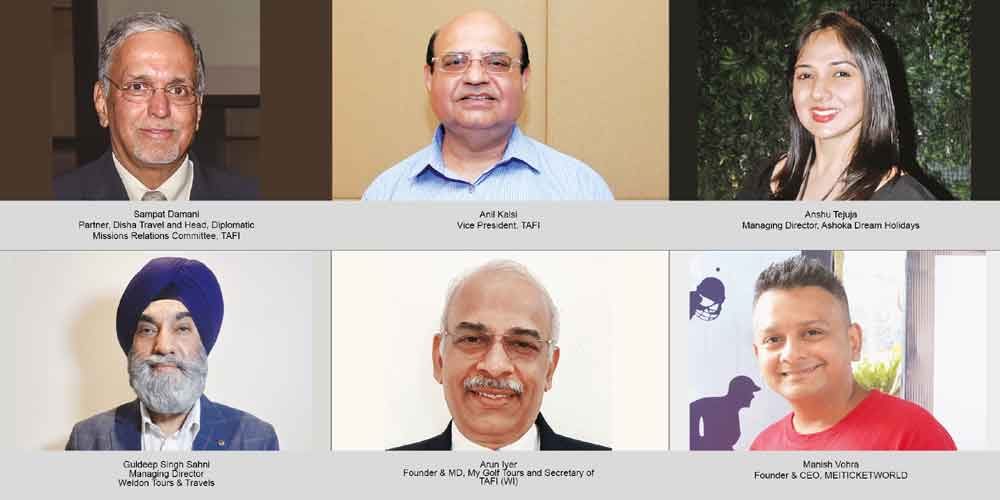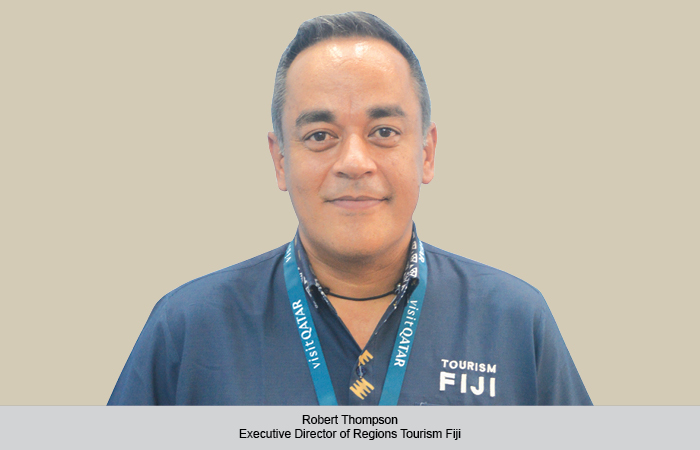While the COVID-19 crisis carried things to a halt for a while, the hospitality industry has been assessing the situation and reinventing itself to effectively revive the sector. ‘We have now started witnessing a steady revival of travel and tourism and the new normal is beginning to set in,’ says Rishi Verma, Head of India Subcontinent – RCI.
An industry that usually connects the world together has seen minimal movement since the onset of the pandemic. Since everyone has been confined to their homes for months now, families have started planning short trips to catch a break. For October itself, members have started booking weekend getaways. Travellers are very cautious and hence, safety norms of the resorts and hotels as well as availability of information on their website play a big role in occupancy. Domestic tourism in India will see a new lease of life, especially places within 5-10 hours of driving time. Road trips, staycations, work-from-resorts, trips to lesser-known places and away from cities (to avoid crowds) will be some of the biggest winners. Wellness resorts and destinations will also attract more travellers interested in improving their mental and physical well-being.
Going forward, travel will look different in a number of ways. Noticing the pattern of people travelling these days, both the travel industry and travellers are putting all their energy on domestic travel for the remaining bit of 2020, as it offers massive opportunities. India is bigger than 24 countries of Europe and has a wide variety of tourism products and hidden potential which is yet to be discovered. Before booking any family holidays, people will read up on travel restrictions pertaining to each state or place they travel to. People will choose their destination wisely. Over the years, Indians have increasingly been bitten by the travel bug and have shown keen interest to rediscover hidden treasures in our geography and beyond. Between 2012 and 2018, domestic tourism activity grew around 10 per cent. In the aftermath of the pandemic, we expect international travel to be muted for a while until countries agree to common standards of safety protocols.
With COVID at its prime in most of the cities, families have been reluctant to move to transient places away from their permanent stays. But, the demand of relaxing at nearby destinations persists. With these circumstances in mind, hill stations close to metro cities, wildlife sanctuaries and offbeat destinations will be the next big thing in the hospitality industry. People are not meant to stay confined to their homes and cities; exploring and discovering new places is a part of human nature.
 TravTalk India Online Magazine
TravTalk India Online Magazine





